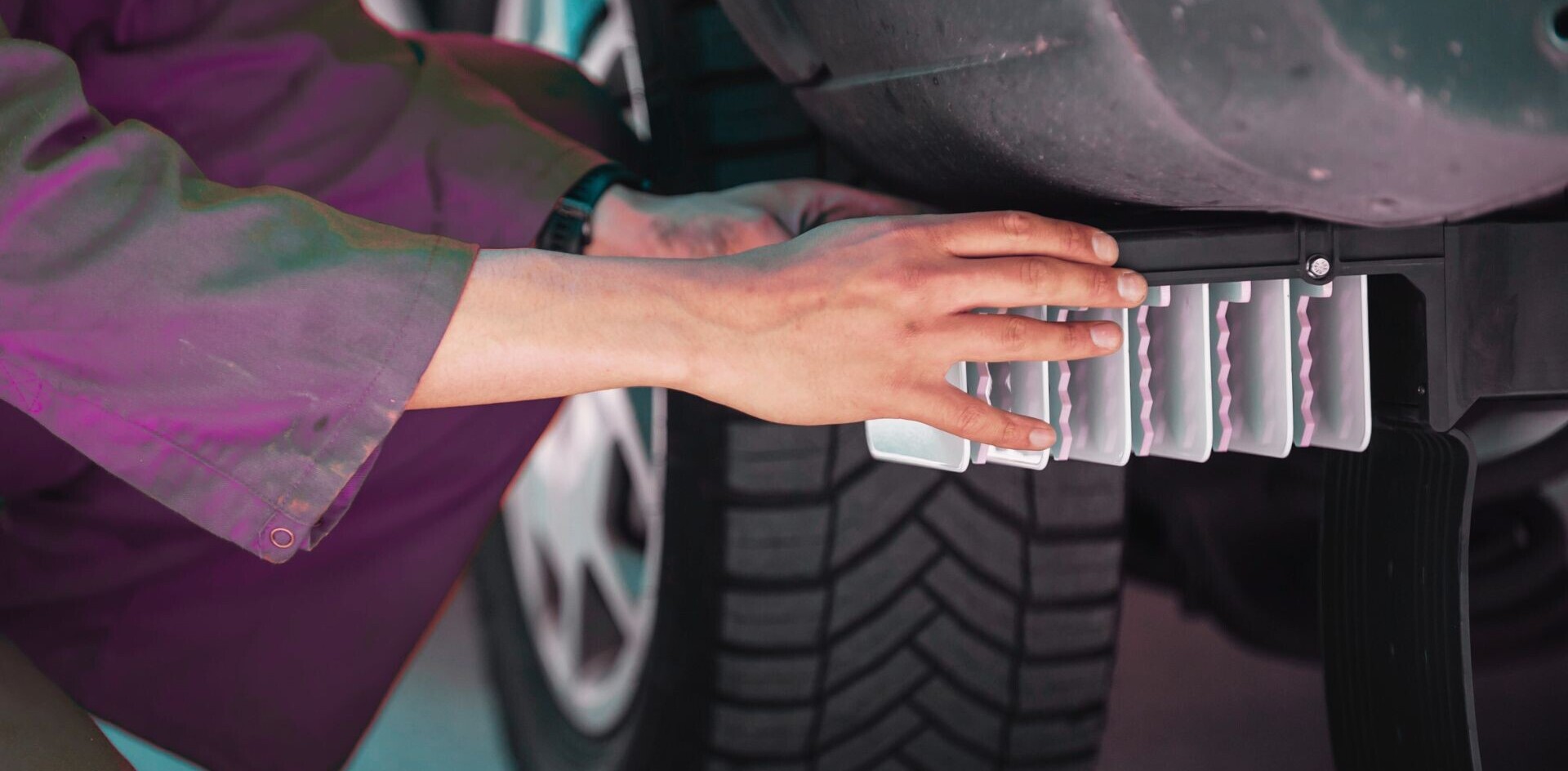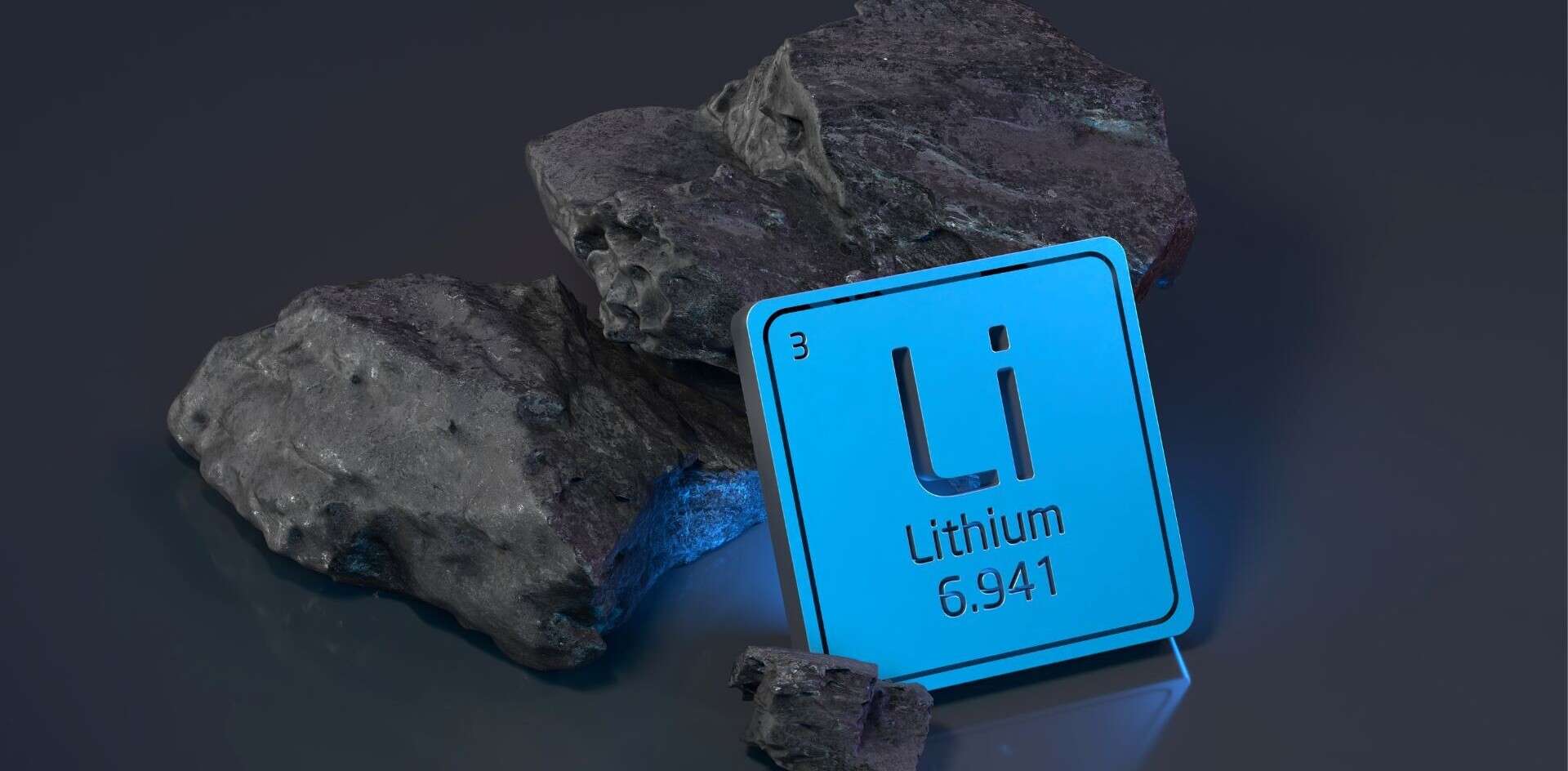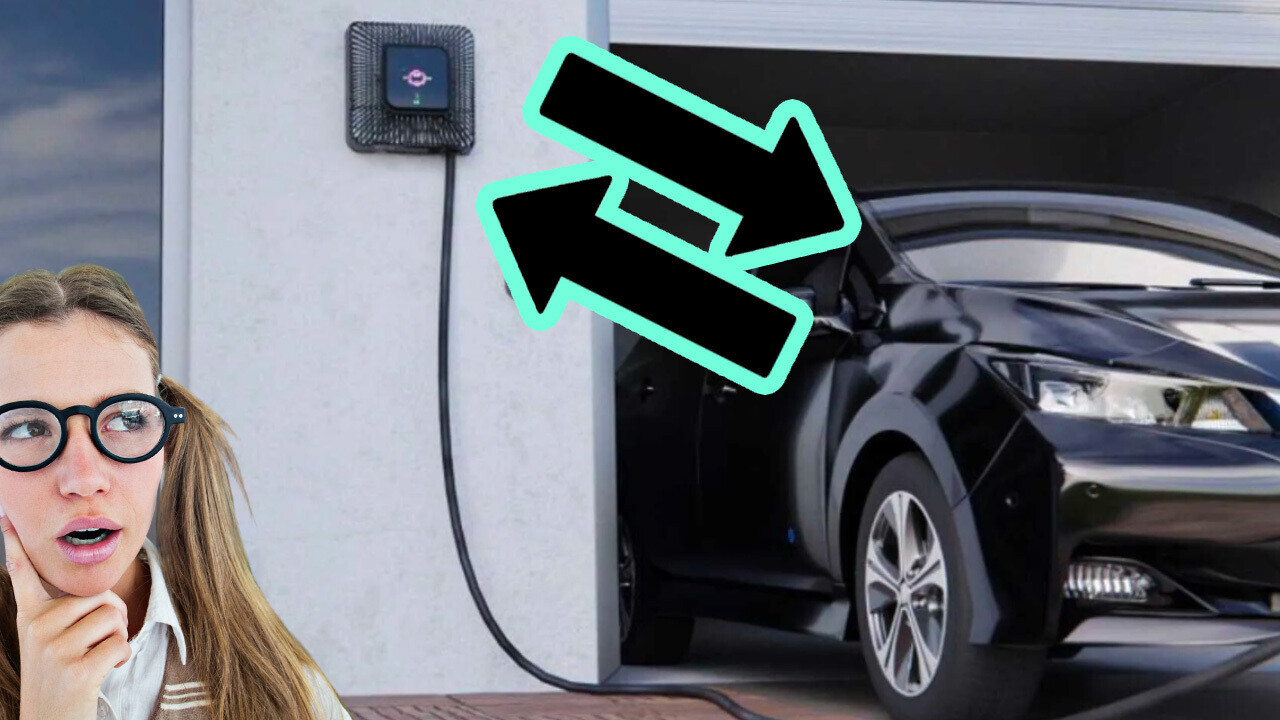
But what is it exactly, how does it all work, and how can I get involved? Let’s take a look.
What is bi-directional charging?
Bi-directional charging is the ability for your car battery to receive energy from the electricity grid and be also able to share the power it generates. There are two main categories:
- Vehicle-to-grid (V2G): energy is exported from the EV charger to support the electricity grid.
- Vehicle-to-home or (V2H): energy is used to power a home or business.
Remind me how EV charging works?
When you charge an EV, the alternating current (AC) it receives from the electricity grid needs to be converted into direct current (DC) to make it the correct format to power a car battery. This happens either through a converter within the car or an external charger.
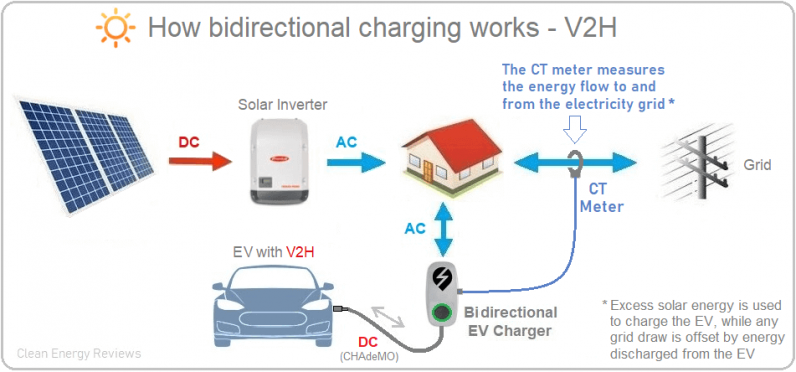
If you want to use the energy stored in the EV’s battery to power your home or send it back to the grid, the DC electricity from the car must be converted back to AC electricity. That’s done by a bi-directional charger. Bi-directional charging is most effective where solar power supplements electricity because this creates the capacity to generate more energy when the sun is strong.
The advantages of bi-directional charging
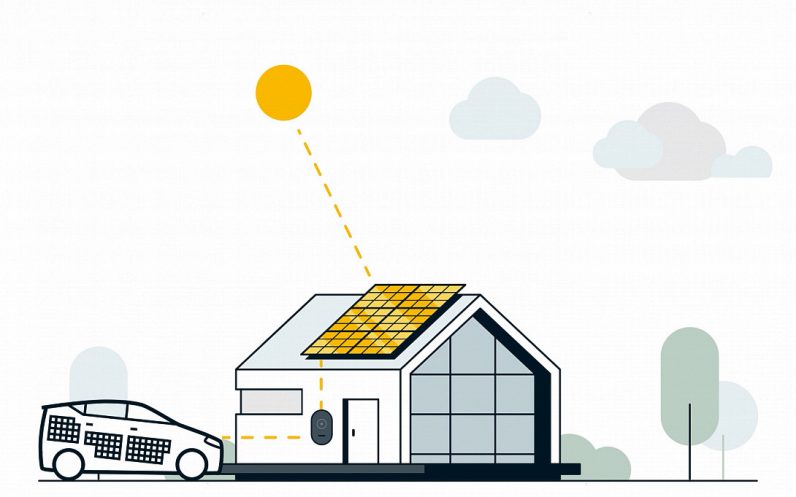
- EV batteries can store up to 10 times more power than the standard 7 kWh lithium battery often found in solar photovoltaic systems fitted in residential homes.
- EV owners can receive credits or reduced energy costs through V2G.
- Relieve pressure on the grid during high-demand periods, such as heatwaves.
- Charge vehicles during off-peak hours at the lowest rates while feeding power back into the grid when the energy rates are highest and reduce your overall energy costs.
- The EV battery can help reduce your reliance on the grid, especially when combined with rooftop solar panels.
- New business models and partnerships increase the use of renewable energy and sell excess power back to the grid.
Disadvantages of Bi-directional charging
- There’s only a limited number of wall boxes on the market which means a lack of competition in price and choice.
- Higher cost than a standard EV charger. For example, a Wallbox Pulsar Plus costs €619 ($699), while the original Quasar1 was priced at €3200 ($3,637).
- Currently, you are only at an advantage if you charge at home or with a dedicated workplace charger.
- Excess use of car batteries could cause premature aging.
- Security problems plague EV chargers. Do we want to spread the risk to people’s homes or the grid?
Ok, so I have an EV and an EV charger. Can I get on board?
There’s a catch. Both your EV and your charger need bi-directional charging capabilities.
As of February 2022, the only vehicles in the wild right now with bi-directional charging capabilities are:
- Nissan LEAF.
- Nissan e-NV200.
- Mitsubishi Outlander plug-in hybrid.
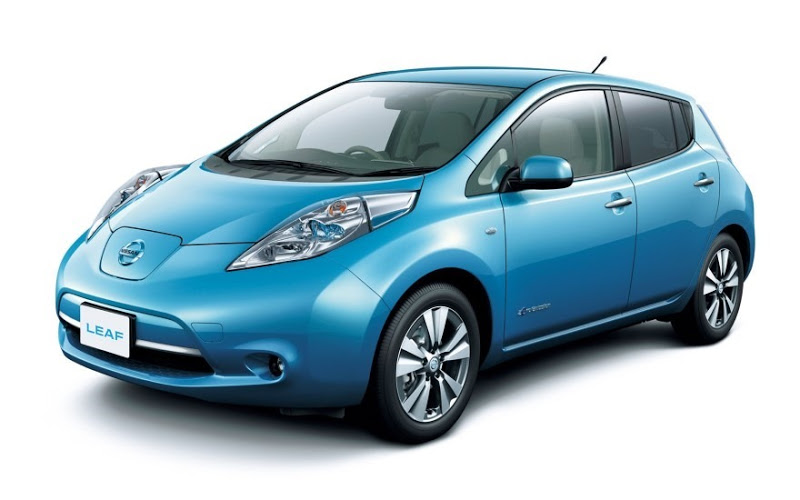
However, this year, we can expect to see the capability in most new EVs, including:
- Lucid Air.
- Ford F-120.
- The Volkswagen ID range.
- Hyundai’s Ioniq 5 and Kia EV6.
- Tesla’s entire range of cars.
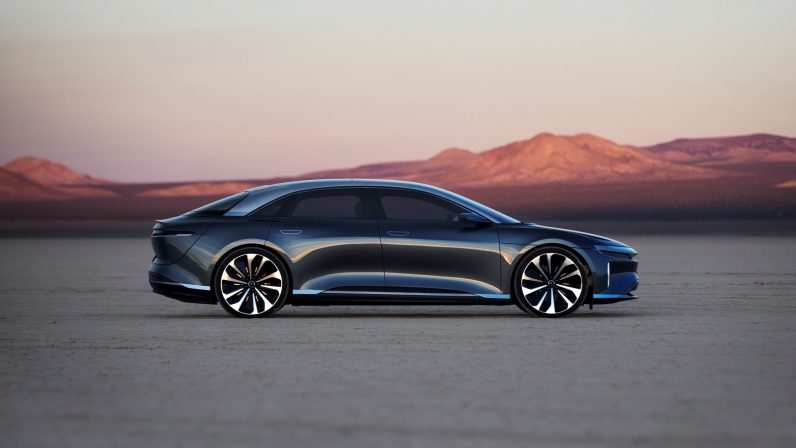
You also need a charger capable of bi-directional charging.
Energy management company Wallbox recently launched Quasar 2, the first bi-directional charger for home use.
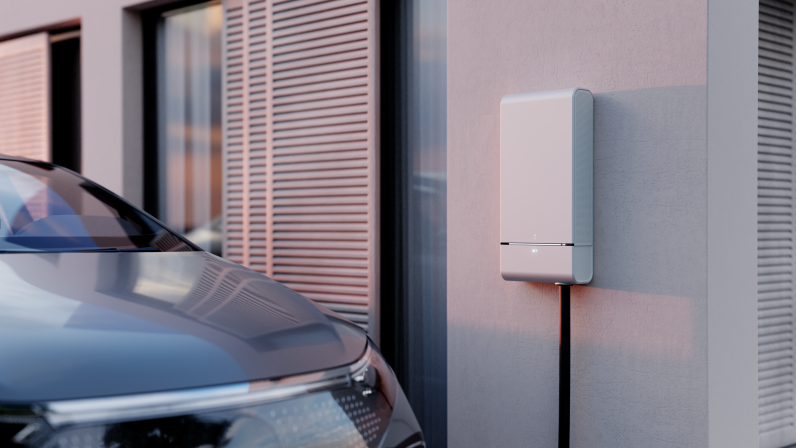
I asked the company about vehicle compatibility. A representative of the business told me that the company follows standards like ISO 15118, which define bi-directional charging for CCS compatible vehicles.
In other words, Quasar2 is designed to align with new standards and next-generation EVs, including Ford, Hyundai, and Volkswagen.
Solar power is a game-changer
One of the most interesting trends to watch is the implementation of wall boxes which also capture photovoltaic (solar) energy.
Earlier this month, Ford unveiled its partnership with solar company Sunrun. Based on an average US home at 30 kilowatt-hours of use per day, a F-150 Lightning pickup with an extended-range battery provides full home power for up to three days, or as long as 10 days when used in conjunction with solar energy or rationing.
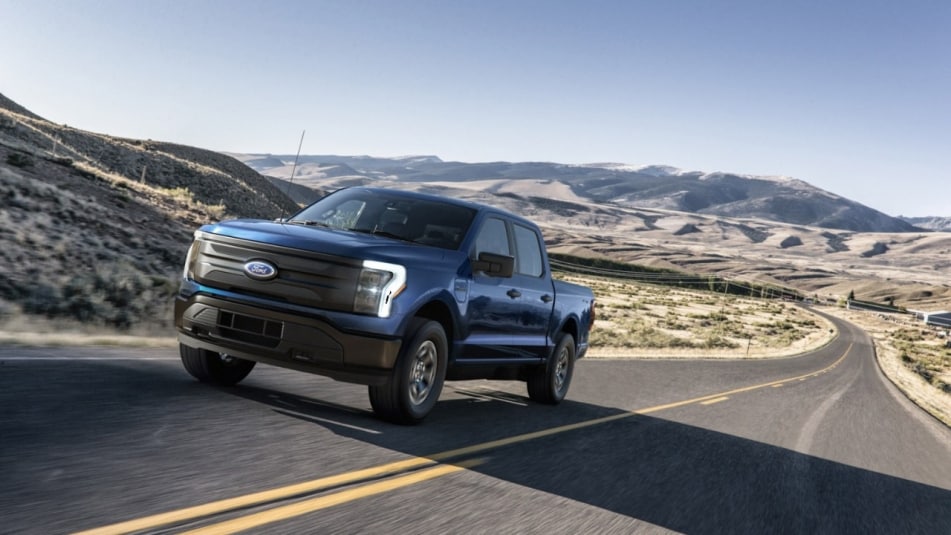
In the future, Ford Intelligent Power will allow customers to power their homes with their truck’s battery when electricity rates are higher, and charge the truck when rates are lower — or from their own solar-powered rooftop.
In the Netherlands, the region of Utrecht is utilizing energy generated through electric vehicle charging, with 500 bi-directional charging stations available to the public.
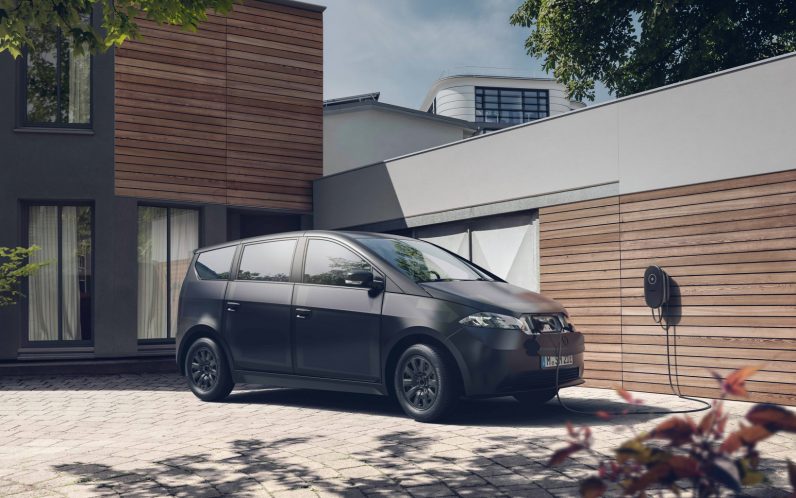
SolarEV maker Sono Motors is providing 100 Sion solar electric vehicles which will be charged sustainably and deliver excess energy back into the grid in one of the first large-scale use cases of bi-directional charging in the megawatt range.
We are yet to see the full extent of bi-directional charging’s capabilities. While the initial cost of hardware might be steep, it’s an investment that will equip us to have more control over how we store and consume power. That’s good news for our electric infrastructure, and for vehicle owners at large.
Get the TNW newsletter
Get the most important tech news in your inbox each week.
